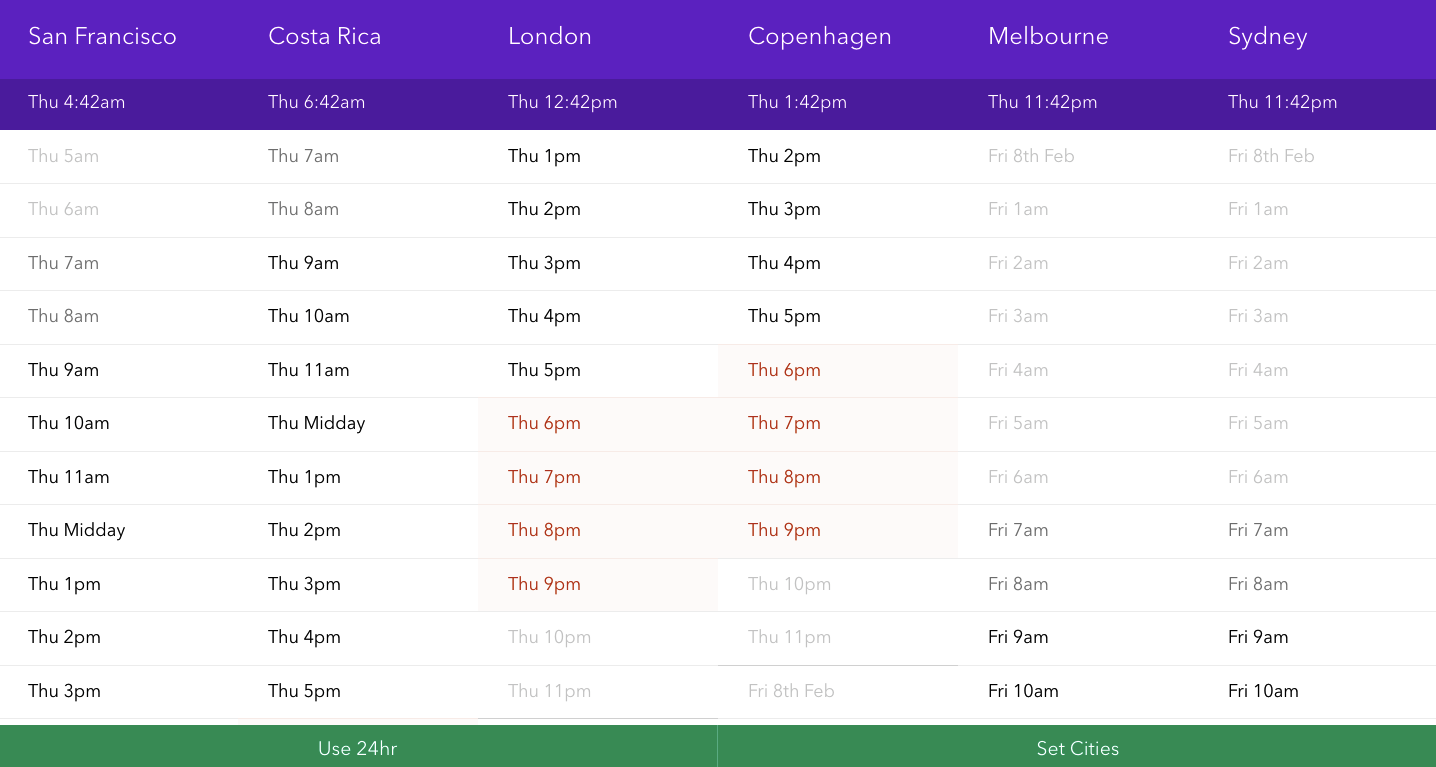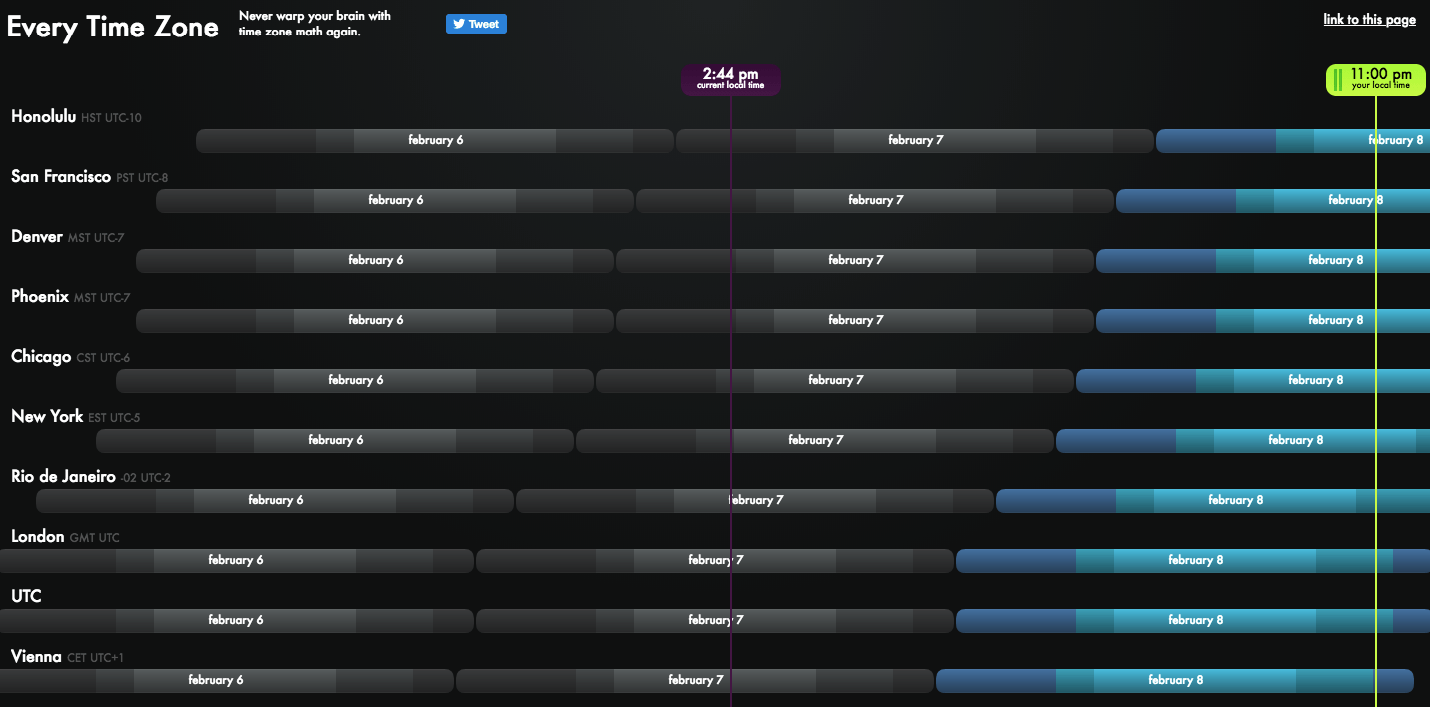Table of Contents
#1: Chat tools
 Slack: With hundreds of millions of users worldwide, this hasn’t replaced email — as many thought it would — but it is without any doubt one of the most valuable tools for quick, synchronous communication between remote team members.
Slack: With hundreds of millions of users worldwide, this hasn’t replaced email — as many thought it would — but it is without any doubt one of the most valuable tools for quick, synchronous communication between remote team members.
 Stride was a chat tool created by Atlassian. However, following a strategic partnership with Slack, Stride, and Hipchat — another popular tool — will be discontinued from February 15th, 2019. Everyone is migrating over to Slack. A strong alternative to either is Telegram.
Stride was a chat tool created by Atlassian. However, following a strategic partnership with Slack, Stride, and Hipchat — another popular tool — will be discontinued from February 15th, 2019. Everyone is migrating over to Slack. A strong alternative to either is Telegram.
 Zapier is a great way to automate workflows that involve multiple tools and apps, such as Trello, Gmail, and Slack. In fact, Zapier interconnects over 1,000 apps, which of course, makes it easier to keep everything in one place and communicate effectively with a distributed team.
Zapier is a great way to automate workflows that involve multiple tools and apps, such as Trello, Gmail, and Slack. In fact, Zapier interconnects over 1,000 apps, which of course, makes it easier to keep everything in one place and communicate effectively with a distributed team.
#2: Video call software
![]() Skype needs no introduction. A Microsoft-owned product, Skype has been used for years by anyone who’s ever worked remotely or traveled and needed to stay in contact with friends and family. Not that there aren’t alternatives. There are several we would recommend.
Skype needs no introduction. A Microsoft-owned product, Skype has been used for years by anyone who’s ever worked remotely or traveled and needed to stay in contact with friends and family. Not that there aren’t alternatives. There are several we would recommend.
![]() Google Hangouts is part of the Gmail and G Suite group of services. Free or included in the price if you have a business account (using a company domain name); a great way to message or have video/voice calls and screen share.
Google Hangouts is part of the Gmail and G Suite group of services. Free or included in the price if you have a business account (using a company domain name); a great way to message or have video/voice calls and screen share.
 Zoom is a video conferencing platform with a suite of features — more than Skype and Google Hangouts, making it ideal for remote teams. You can also buy conference room solutions to make sure your group meetings are as effective as possible and not interrupted by connection problems.
Zoom is a video conferencing platform with a suite of features — more than Skype and Google Hangouts, making it ideal for remote teams. You can also buy conference room solutions to make sure your group meetings are as effective as possible and not interrupted by connection problems.
 Chanty is an all-in-one platform for team collaboration with unlimited searchable messaging, audio/video calls, and task management with a built-in Kanban board. Chanty integrates with Trello, Asana, Zapier, Google Drive, Dropbox, Onedrive, Github, Gitlab, Giphy, and others.
Chanty is an all-in-one platform for team collaboration with unlimited searchable messaging, audio/video calls, and task management with a built-in Kanban board. Chanty integrates with Trello, Asana, Zapier, Google Drive, Dropbox, Onedrive, Github, Gitlab, Giphy, and others.
#3: Timezone tracking
Once you’ve got a decent-sized team of people, you need to know where everyone is all of the time, to keep track of when meetings and calls can take place, and when customer contact is possible.
1. HomeSlice is a browser-based, visual, time zone viewer.



#4: Time-tracking tools
Time Doctor is an accurate productivity software on the market and offers time management apps on all the most popular platforms. It lets you harvest time tracking data on your company’s work habits and then provides analytics to show key areas where improvements can be made.
EmailAnalytics is a productivity tool that visualizes email activity. It’s beneficial for sales teams and customer service teams because it calculates and reports on average email response time for each team member. This increases productivity and responsiveness, which helps improve communication and boost sales.
Key takeaways for remote teams management
Building common values:
- Before embarking on remote policies, or even going fully remote, you should know your values.
- Spend time working on your values with your team.
- Remember that weak values will crumble when people are remote, whereas strong values will strengthen.
Establishing communication:
- Communicate these cultural values and make sure everyone has bought into them.
- Encourage open and honest communication.
- Set clear guidelines and exceptions on communications.
- Work harder to get to know everyone, make sure everyone else is doing the same.
Jan Zborowski, Co-founder at SoftwareMill, believes:
It’s so much easier to communicate with other human beings in real life, therefore in a remote setting, it’s better to overcommunicate instead of making assumptions and not vocalizing things.
Dedicating time:
- Make time, effort, and a budget for whole team meet-ups.
- Make team buildings memorable.
- Measure remote employee engagement.
- Keep learning and improving all the time.
If you want to foster a positive, supportive, healthy, and transparent working culture within an entirely remote team — the best time to start doing it is now.
We at YouTeam can help you build a dedicated remote team from the ground up.
With special tools for cross-agency messaging, automatic invoicing, and contract issuance, your culture-building process will be hassle-free.
Interested? Book a consultation today!









